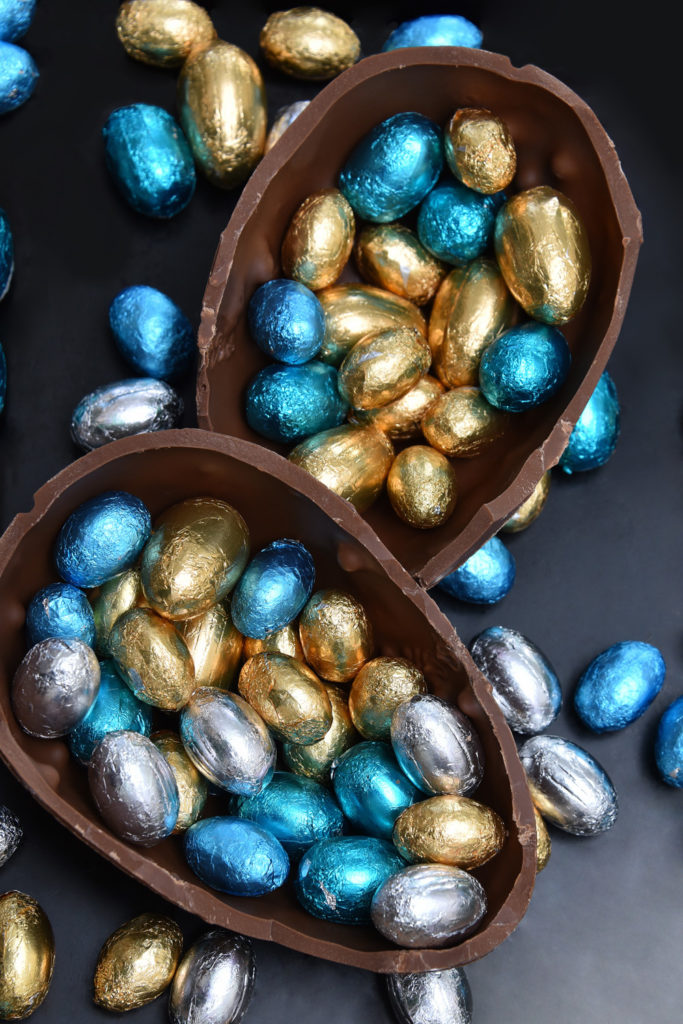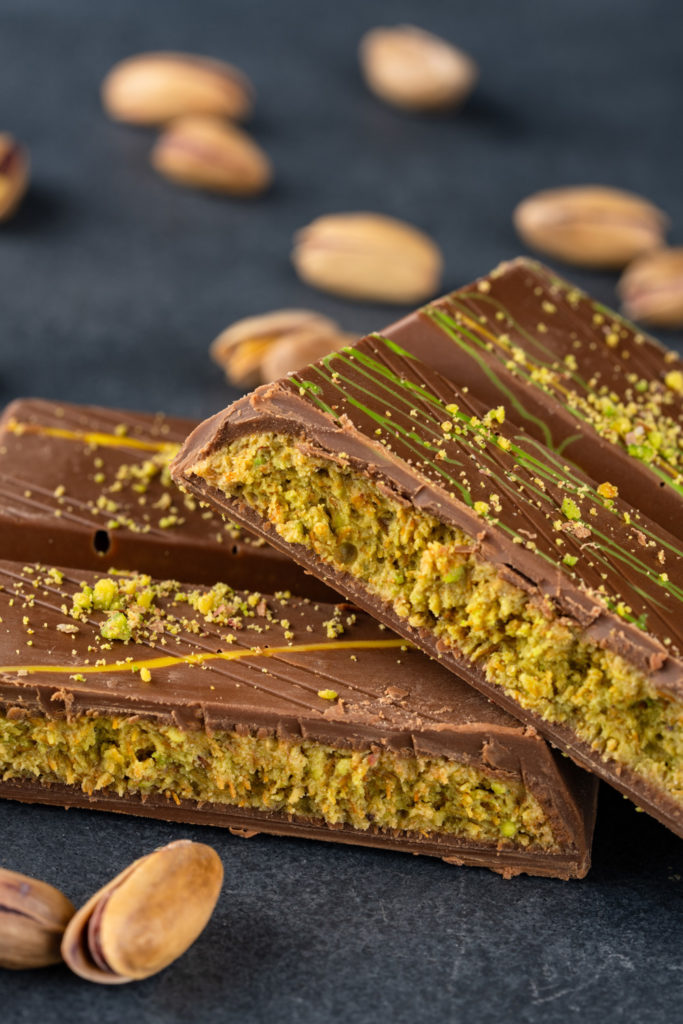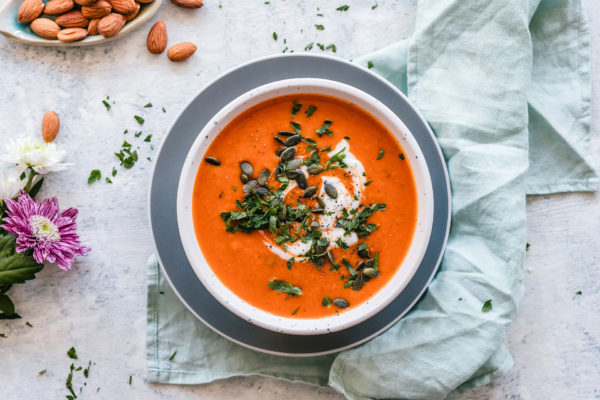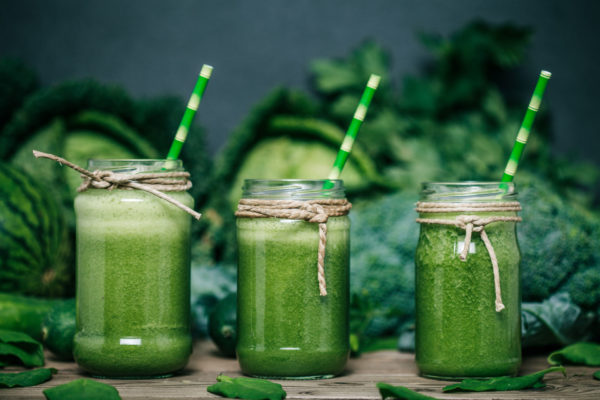The Nasty Nine: New Checklist Helps Identify UPFs
By
1 year ago
Ingredients to avoid if you're trying to cut down on ultra-processed foods
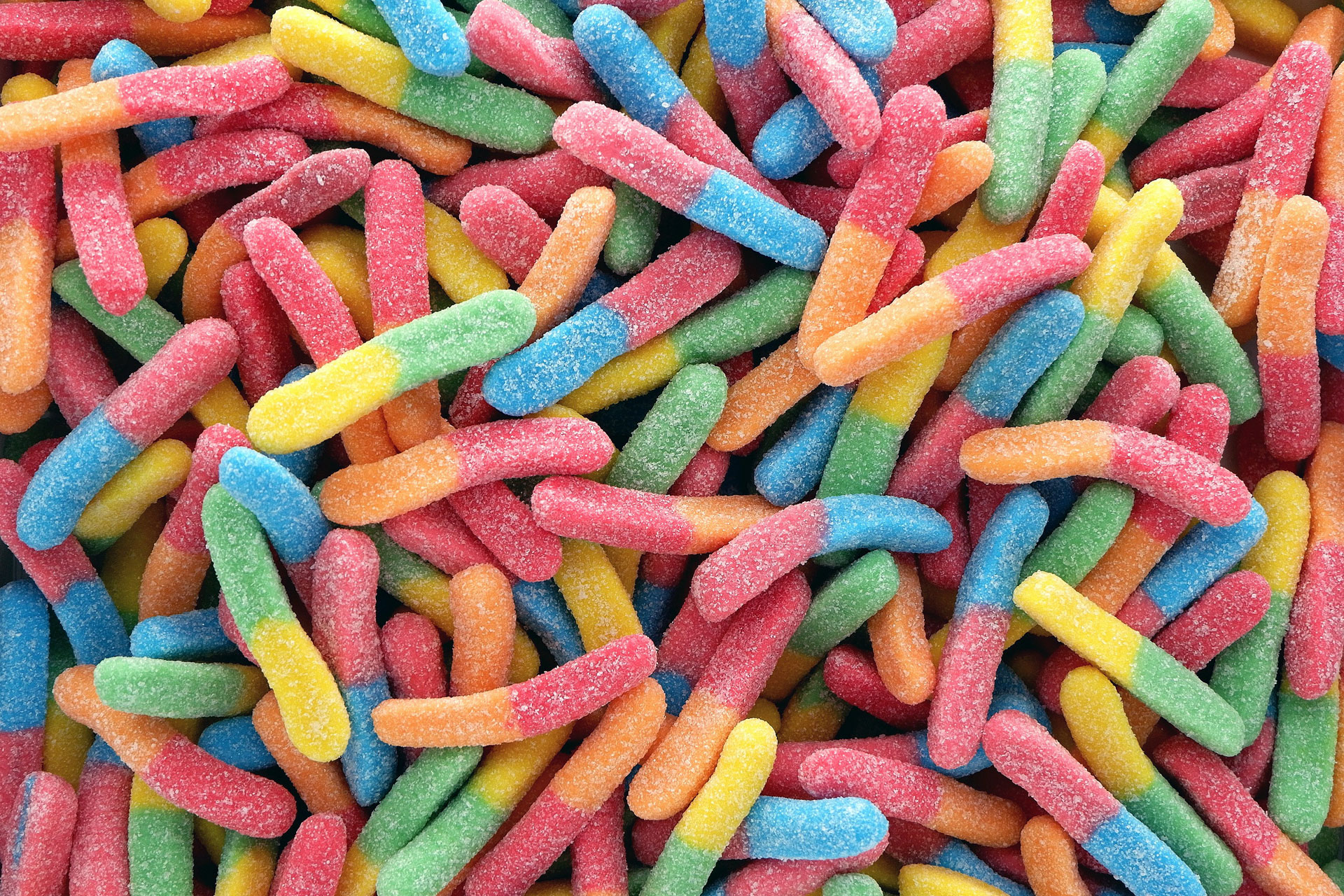
Over the past year or so, we’ve been hit with an influx of studies surrounding the potentially harmful effects of ultra-processed foods. Yet new advice from experts highlights the risks in ‘demonising’ all UPFs, as some foods technically classed as ultra-processed can actually have a place in a healthy diet. According to meal planning service Cherrypick, 53 percent of people are actively trying to reduce their UPF intake – but nearly a fifth are confused about the meaning of ultra-processed. That’s why they decided to work with a UPF expert, University of Cambridge researcher Dr Yanaina Chavez-Ugalde, to create a simple consumer-facing checklist.
What Is The Nasty Nine?
Designed to help people make more informed decisions about the foods they’re buying, the Cherrypick UPF Nasty Nine highlights the common ingredients found in a UPF.
Dr Yanaina Chavez-Ugalde, UPF expert, said: ‘Most people understand there are health implications with eating ultra-processed foods like some ready meals, but there is confusion about what a UPF is. We cannot ignore how lack of understanding about what food is a UPF is also contributing to poor decisions about what to eat.’
If you’re trying to determine whether a food is a UPF, check if it contains one of these nine ingredients.
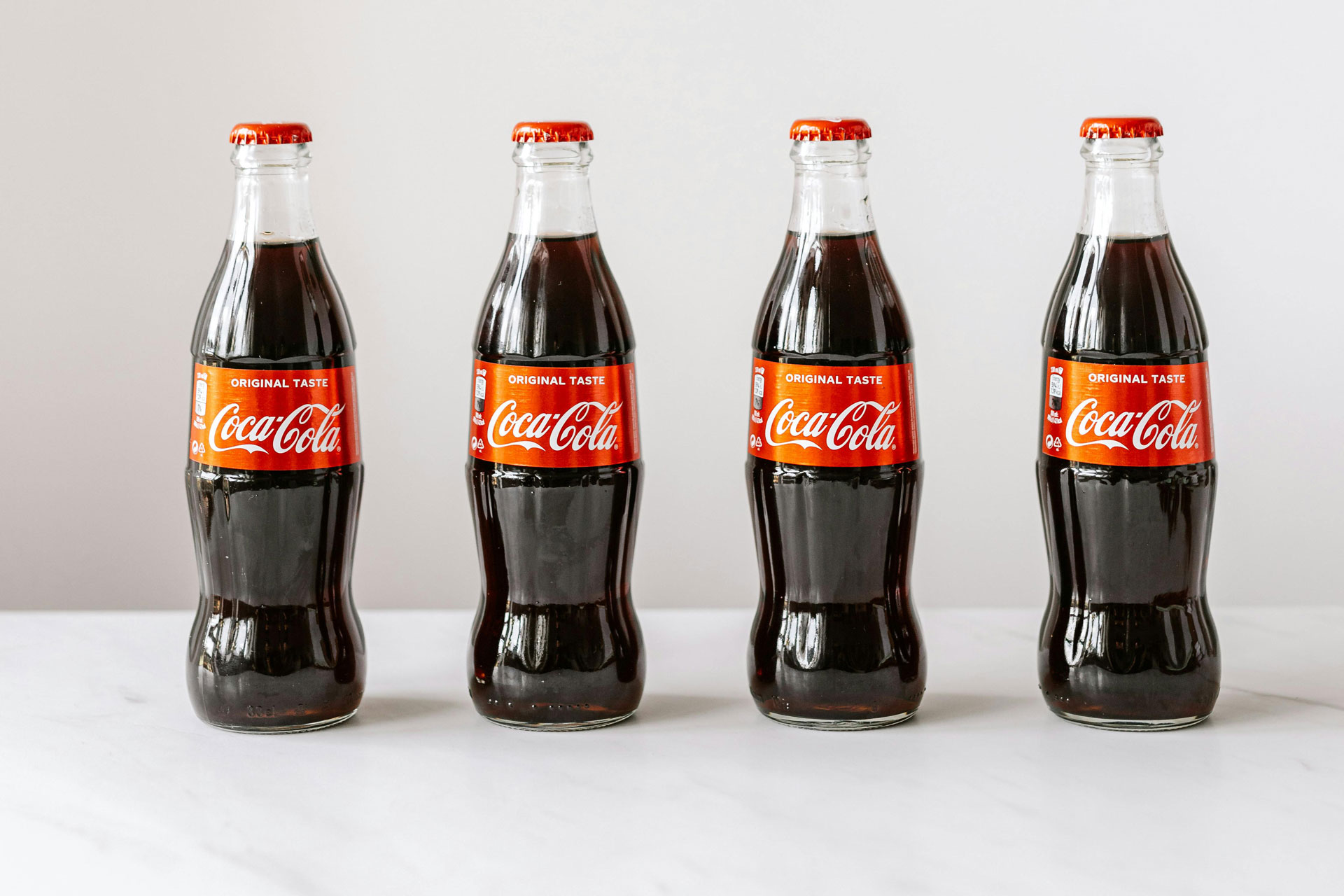
Pexels
The Cherrypick UPF Nasty Nine
- Emulsifiers – e.g. lecithin
- Stabilisers – except natural ones such as pectin, e.g. carboxymethylcellulose (CMC) and hydrogenated oils
- Preservatives – e.g. potassium sorbate with some exceptions if just this is present in the ingredients list, such as sulphur dioxide which is used in dried fruit
- Colourings and flavourings – e.g. AC (E129), FCF (E110) except natural ones
- Sweeteners – e.g. sucralose
- Modified starches – e.g. maltodextrin
- Malted extracts – e.g. malt extract syrup
- Thickeners – e.g. xanthan gum, except natural ones such as guar gum and agar
- Artificial antioxidants – e.g. butylated hydroxyanisole (BHA), not natural ones such as Vitamin C (ascorbic acid/ascorbate).
Are There Other Classification Systems?
There’s also the NOVA system, a classification designed by researchers from University of São Paulo, Brazil. This separates foods into four categories:
- Group 1 – unprocessed or minimally processed foods: foods that have not been altered from their natural state, e.g. fruits, vegetables, eggs
- Group 2 – processed ingredients: foods processed in the kitchen with the aim of extending their shelf life, using processes like pressing, grinding and crushing, e.g. salt, vegetable oils, lard, honey
- Group 3 – processed foods: foods obtained by combining those of groups 1 and 2, may contain preservatives, e.g. canned vegetables, canned fish and salted nuts
- Group 4 – ultra-processed foods: foods that are made with multiple industrial ingredients, containing little whole foods, particularly sweeteners, emulsifiers and other additives, e.g. sweets, sausages, carbonated drinks.
The Nasty Nine aims to help identify which foods go in group 4, and allow us to further understand the ingredients we should be looking out for and aiming to cut down on.
The system was created by Cherrypick in collaboration with Dr Yanaina Chavez-Ugalde.


